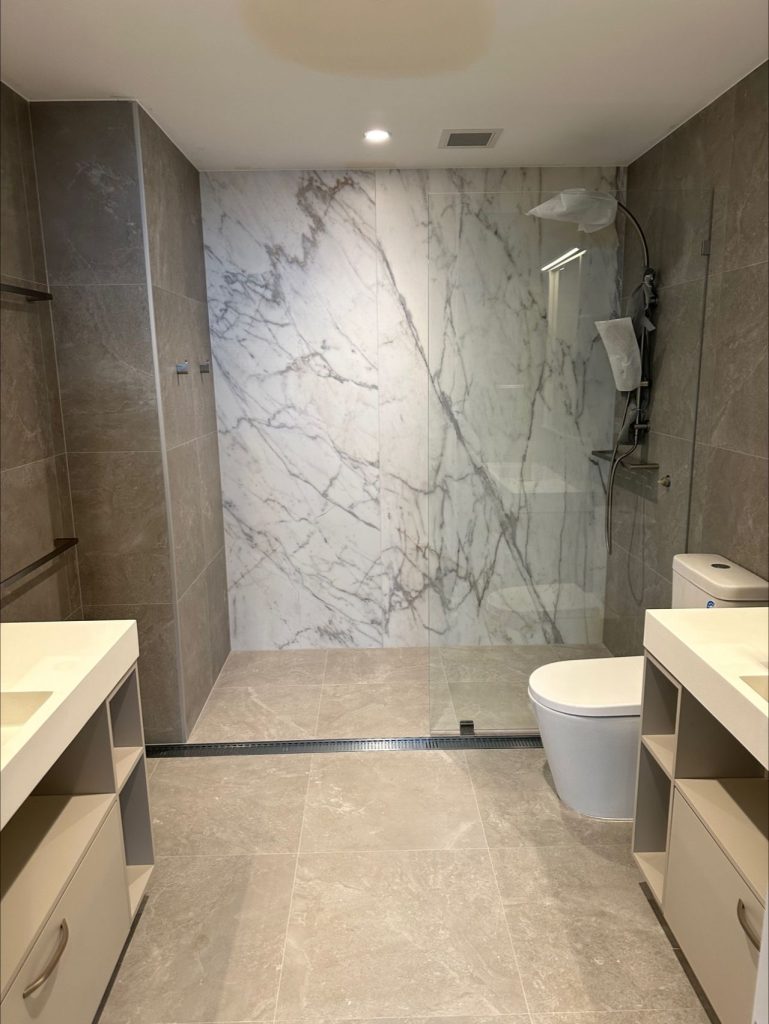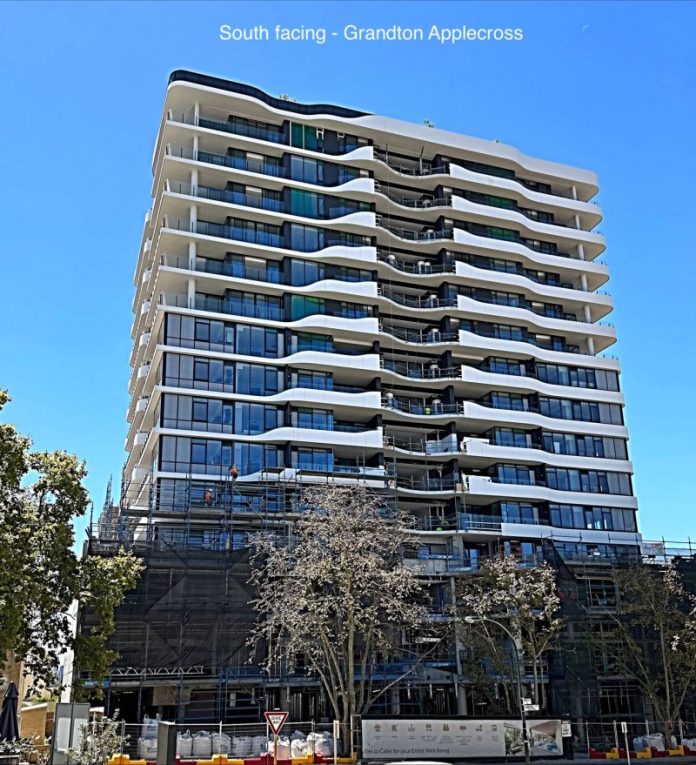In this guest post, John Frame shares his vision and journey in creating Grandton Applecross, a boutique strata-titled no-exit fee retirement community with 80 apartments and a 10-bed private care suite in Perth, Western Australia.
My journey into the aged care and retirement living sector started in 2004 when my mother, 84, began what I refer to as the ‘revolving ER door’. That is, from home to ER and back until the social workers and doctors say the next move is to a nursing home. This is when the crisis hits home.
Unable to source a nursing home and unable to go home, my mother passed in the hospital, a location she did not want to be.
The next year I was approached to join what was then called The Churches of Christ and Community Services – since rebranded Bethanie. Wayne Belcher was the CEO, who had led that organisation in a transformative fashion for its time.
Bethanie was constructing large 160-bed nursing homes during this period which, to me at that time, seemed the right thing to do to meet demand. Broad-acre retirement villages were also being constructed with a business model to be the pipeline for entry to the co-located nursing homes.
In 2010 my father, 94, entered the revolving door scenario. Being better prepared this time around, I arranged for him to go into a Bethanie nursing home facility when due to clinical needs he was unable to return to his retirement village unit.
The next six weeks were personally challenging indeed, as my father did not wish to be in that facility.
This was the catalyst for my paradigm shift thinking. There had to be a better way to meet the desires of seniors, recognising that the baby boomers; a generation who radically disrupt all sectors they enter, were soon to start presenting into this sector en masse.
Considering the fundamental needs of the baby boomer generation as identified by my son, Chris Frame, a marketing/brand manager, my perspective veered away from traditional nursing home concepts.
I also considered the changes the Federal Government were making to the Aged Care Act, what the impediments facing the Government were as the baby boomers entered the sector and the trajectory govt legislation could take.
The Hogan, Productivity and then the Tune Reports all had similar recommendations. Cessation of home care packages and bed licences, shifting the money paid to the care recipient and the consumer-directed care regime were themes that resonated as did the emphasis on home care to keep seniors at home longer.
I preferred home care to the institutionalised nursing home model. However, home care has some fundamental shortcomings. Money burned in transport and roster administration costs, staff inefficiencies in travelling, while the delivery of touch points with care recipients is not always consistent nor regular enough to facilitate at-home stay as clinical requirements increase.
Moreover, our society is not conducive to ageing integration and for many seniors being isolated at home can allow serious medical issues to manifest.
In looking at retirement villages (RV), I struggled with the lease-for-life concept. To give an RV Operator what is in effect an interest-free loan (in-going contribution) to occupy an RV unit from which the operator then deducts a lease fee, usually requires refurbishment upon exit, often requiring a share of any capital gain on a resale of the lease, plus paying annual RV fees, didn’t make for the best financial decision to me. Then often a resident, like my father, would have to move from the RV unit to a residential aged care facility.
My thinking was at a divergence from that of the aged care organisations I had worked for, and in early 2018, I decided to back myself to develop what I thought seniors living should look like.
That vision sees people owning their own strata apartment within a vibrant community where through access to a comprehensive menu of personal and clinical care services delivered into their homes 24/7, allows them the opportunity to remain in their own home.
The recent changes mooted in the Aged Care Act further enhance the move towards care recipients having control over funding allocations and enabling greater at-home care services delivery, while recognising the vital role retirement community facilities offer in the overall seniors aged care mix, provided of course those facilities are properly constructed, staffed and with appropriate governance of service delivery in place.
When I established Grandton Limited I did it as a Public Benevolent Institution with Deductible Gift Recipient status to facilitate the development of retirement living accommodation using the Grandton model. Separate to the purpose, but integrated nonetheless, Grandton Limited’s mission is to use surplus net revenue to supply discounted rental accommodation to disadvantaged seniors.
This benevolent intent came about during the Global Financial Crisis, when I initiated an application for a grant from the government to build social housing. (Editor, John was CFO of Bethanie WA at this time). $40m was granted to Bethanie and two apartment blocks were built. It was an exceptionally emotional experience for me to see the disadvantaged seniors move into what for some was their first permanent home.
Starting on this journey was not going to be easy. It was going to be hard and in that, the best is often brought out. The COVID disruption with its subsequent consequences was unhelpful.
Nonetheless today, 12 years after first starting the journey of reimagining seniors living, a journey that formulated the Grandton Model concept, and 6 years after launching Grandton Limited, Grandton Applecross is nearing completion.
Grandton Applecross delivers a win-win outcome for residents and care providers, both operationally and financially. The completion date is targeted for April/May 2024. As the internal fit-out takes shape the unique tailored aspects and myriad of features that will facilitate true ageing in place emerge.

At my most recent visit on-site I took some pictures that show a few aspects of the fit-out and now that the scaffolding is coming down the lovely outer façade of this building is becoming visible.
Radical innovation and paradigm shift thinking are required in the aged care and retirement living sectors.
The recent Federal Government legislative changes are shifting these sectors towards a change in perspective and thus towards a paradigm shift in how future seniors care and accommodation will be delivered to the baby boomers.










